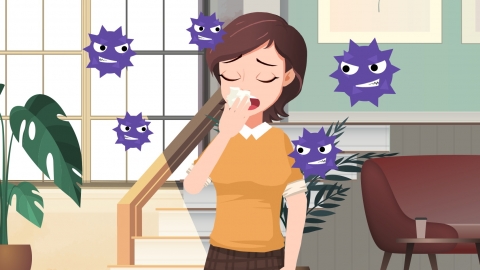How is Influenza A transmitted?
Generally speaking, "Avian Flu" refers to Influenza A, which is caused by infection with the Influenza A virus. Influenza A can spread via respiratory droplets, direct contact transmission, indirect contact transmission, airborne transmission, and aerosol transmission. A detailed explanation is as follows:

1. Droplet Respiratory Transmission
Droplet respiratory transmission is the most common route of Influenza A spread. When an infected person coughs, sneezes, or talks, virus-containing droplets are released into the air. Healthy individuals who inhale these droplets at close range may become infected.
2. Direct Contact Transmission
Direct contact with nasal discharge, sputum, or other bodily fluids from a person infected with Influenza A can lead to viral transmission. This typically occurs when caring for a patient or having close personal contact with them.
3. Indirect Contact Transmission
Indirect contact with objects contaminated by Influenza A virus, such as eating utensils, clothing, or door handles, followed by touching mucous membranes such as the mouth or nose, can also result in infection.
4. Airborne Transmission
In relatively enclosed or poorly ventilated environments, Influenza A virus can remain viable and spread through the air for extended periods. The virus can disperse via air currents, increasing the risk of infection for others.
5. Aerosol Transmission
Under certain specific conditions, such as during medical procedures or laboratory research, Influenza A virus may exist and spread in the form of aerosols. Aerosols are tiny suspended particles that can remain airborne for long periods and cause infection when inhaled.
To prevent the spread of Influenza A, it is recommended to get vaccinated against influenza in a timely manner and to enhance immune function. During peak flu seasons or in crowded places, wearing a mask can reduce the risk of inhaling the virus. Frequent handwashing with soap and running water, especially after touching public items or contact with patients, is also important. Improving indoor ventilation and maintaining air circulation are also effective preventive measures.









